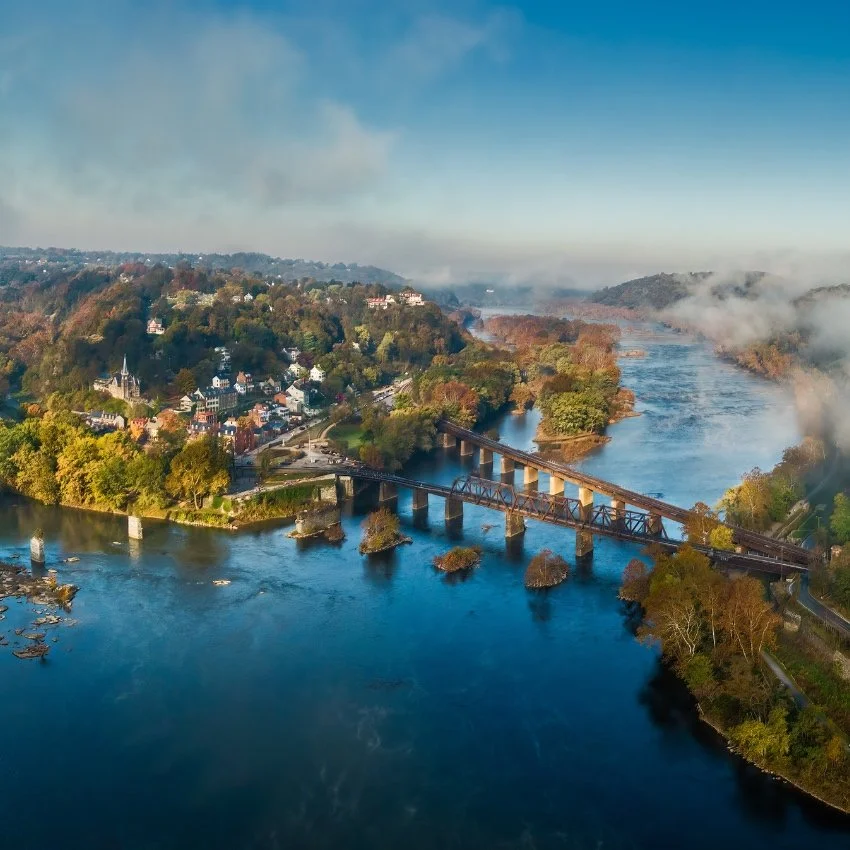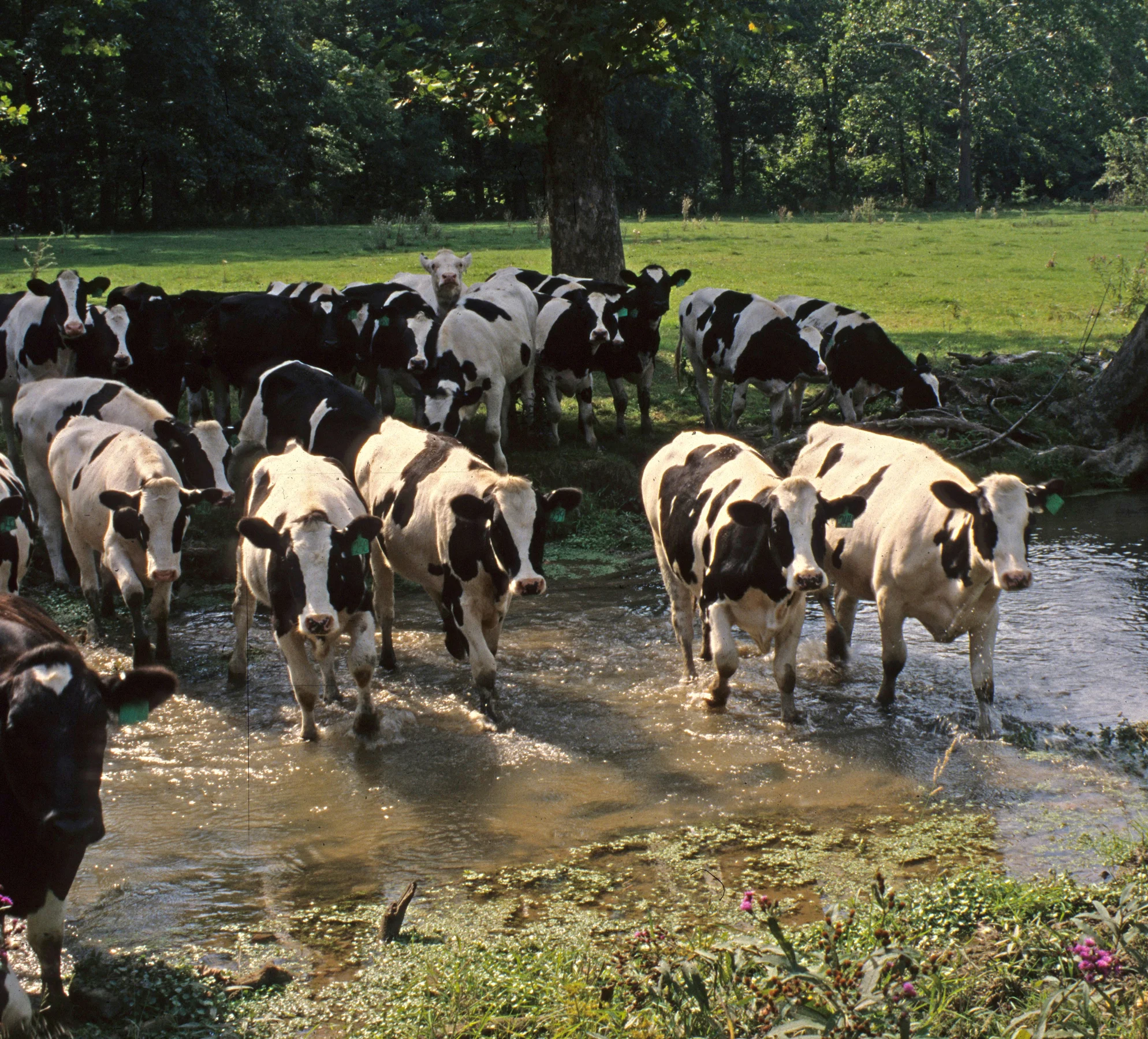Just Released: The 2016 Potomac Report Card
/Pollution Down, Grade Up for the Potomac River!
In a first for our hometown river, the Potomac scores above a C in the 9th State of the Nation’s River report.
Pollution levels are decreasing, fisheries are rebounding, and more people are getting outside to enjoy the river.
Efforts to restore the Potomac are indeed working!
In fact, the Potomac River is the only major Chesapeake Bay tributary to achieve short- and long-term nutrient reductions in its headwaters.
"When the river is healthier, more people want to engage in fishing, boating, hiking on state trails, and other outdoor activities,” says Matt Liddle, Mid-Atlantic Manager, REI Outdoor Programs and Outreach.
But our river is not in the clear yet . . .
Learn what’s going right for the Potomac, the emerging threat that may unravel decades of progress, and what YOU can do to help.
This grade is worth sharing.
Tell your friends about the Potomac's good news!

















Let’s dive into the history of segregation and the swim ban in DC. Segregation wasn't the only thing that prevented equal access to water. Pollution also led to additional limitations to accessing natural waters.